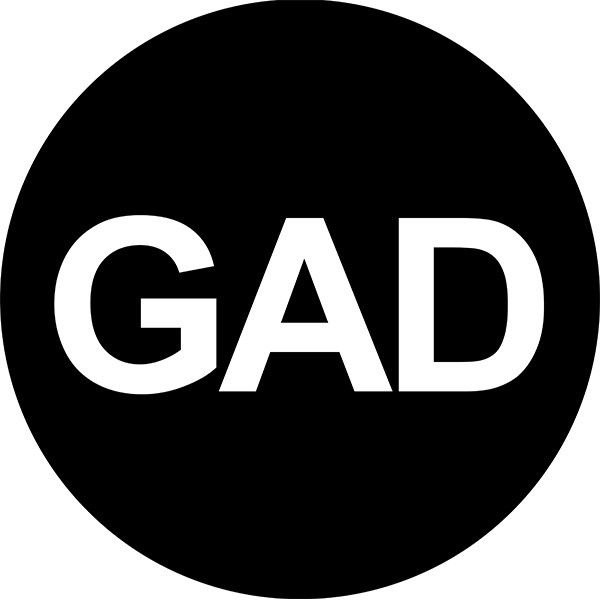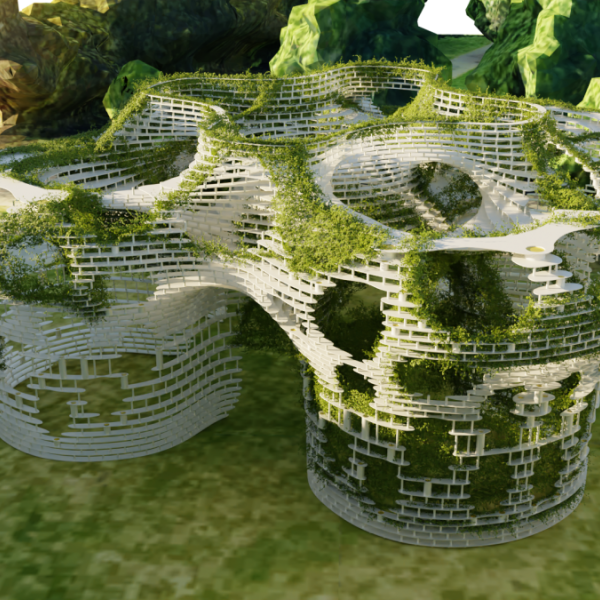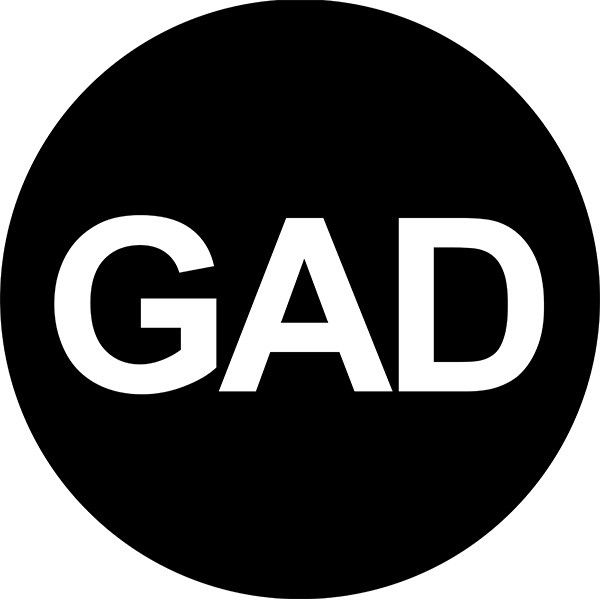S, M, L, XL
In 1995, Monacelli Press released a book, S,M,L,XL, which left a sensational impact on all of us, and it still carries its timelessness.
Architecture is a hazardous mixture of omnipotence and impotence. Ostensibly involved in "shaping" the world, for their thoughts to be mobilized architects depend on the provocations of others-clients, individual or institutional. Therefore, incoherence, or more precisely, randomness, is the underlying structure of all architects' careers: they are confronted with an arbitrary sequence of demands, with parameters they did not establish, in countries they hardly know, about issues they are only dimly aware of, expected to deal with problems that have proved intractable to brains vastly superior to their own. Architecture is by definition a chaotic adventure. Coherence imposed on an architect's work is either cosmetic or the result of self-censorship. S,M,L,XL organizes architectural material according to size; there is no connective tissue. Writings are embedded between projects not as cement but as autonomous episodes. Contradictions are not avoided. The book can be read in any way.
To restore a kind of honesty and clarity to the relationship between architect and public, S,M,L,XL is an amalgam that makes disclosures about the conditions under which architecture is now produced. Its epic scale is both arrogant and hesitant. It tries to deflate and reflate architecture-to destroy and rebuild. On the basis of contemporary givens, it tries to find a new realism about what architecture is and what it can do. In other words, this is a painfully utopian enterprise. The more architecture mutates, the more it confronts its immutable core. Yet S,M,L,XL is a search for "another" architecture, knowing that architecture is like a lead ball chained to a prisoner's leg: to escape, he has to get rid of its weight, but all he can do is scrape slivers off with a teaspoon.
Rem Koolhaas



